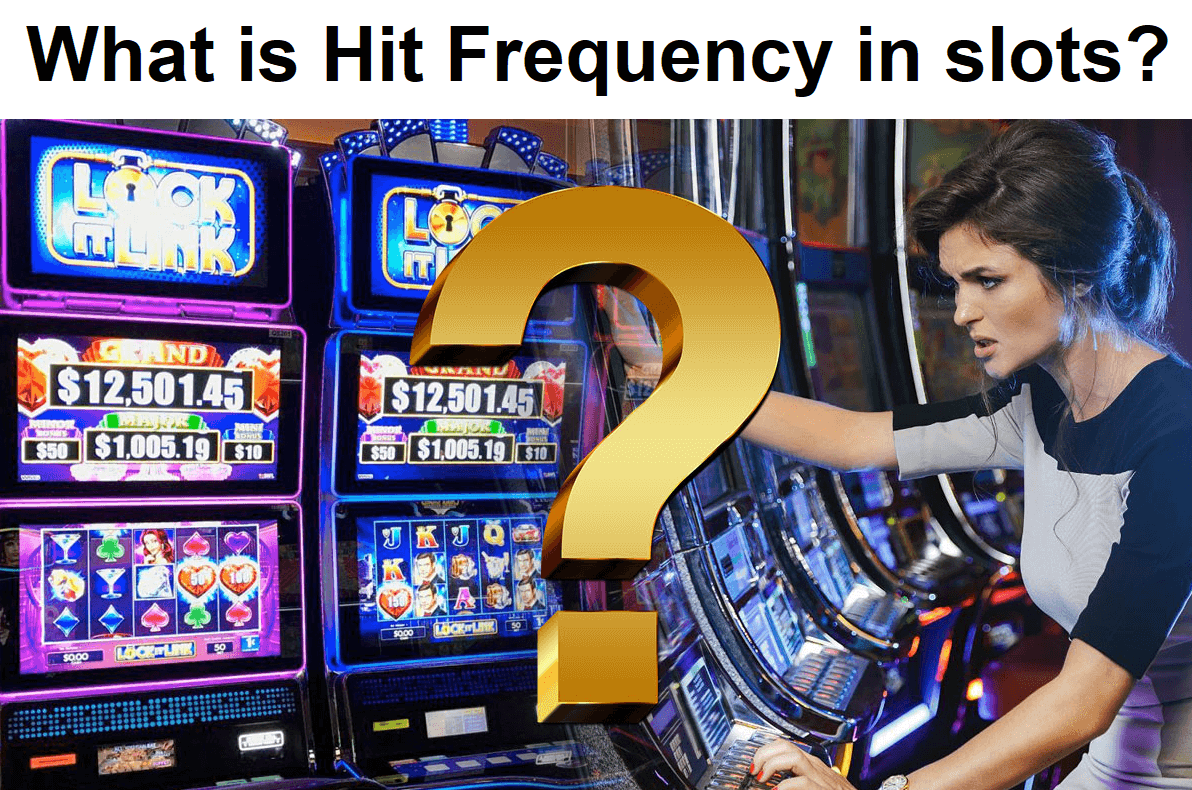

Hit frequency, usually expressed as a percentage, refers to the likelihood of winning when playing a slot machine. For example, a slot with a total of 1,000,000 spins, a fifth of which are winning (the player wins something) has a hit frequency of 20 percent.
Players can’t see this stat just like with slot payback percentages and other figures. However, hit frequency is often more obvious to people in a more general sense unlike other things, where it’s tough to get an idea.
High vs. low frequency
Some games have a lot of stacked symbols and multipliers, which can result in some insane lineups and wins. The chance of winning is lower in order to counteract the ability and need for those kinds of payouts. In other words, this game’s hit frequency is low.
In contrast to this, more traditional games feature lower wins and bonuses, but a higher hit frequency.
While it’s not possible to see the actual hit frequency of a slot in advance, a player can get a feel for the game with time. They can then decide whether to keep playing or look for another option.
Hit frequency rates are to be achieved over a long period of time just like expected payback percentages. An RNG (random number generator) can take you to a huge jackpot or dead man’s land by means of variance in the short term.
Hit frequency and payout
There is no connection between hit frequency and payout rates. Slots are created with hit frequency in mind. The payout rate and the corresponding reel strips are designed accordingly. It’s not possible to see a game with a high hit frequency at a high payout or one where both are low. A slot that pays out less will do so more frequently. Some slot makers embed a slightly smaller frequency that doesn’t feel that different to the player, at least at first. Some players might start to feel the difference after a while. In most cases, it’s some combination of the two.
Hit frequency and game volatility
Highly volatile games reduce the hit frequency to enable bigger wins. These come with a higher number of dead spins – spins on which you can’t win anything. In this case, middle wins are also more frequent. Hit frequency can be telling as to the slot’s volatility. Slots that pay out often, but which pay smaller wins are likely less volatile and have a higher hit frequency. If they pay out more money, but more rarely, they are probably more volatile with lower hit frequency.




